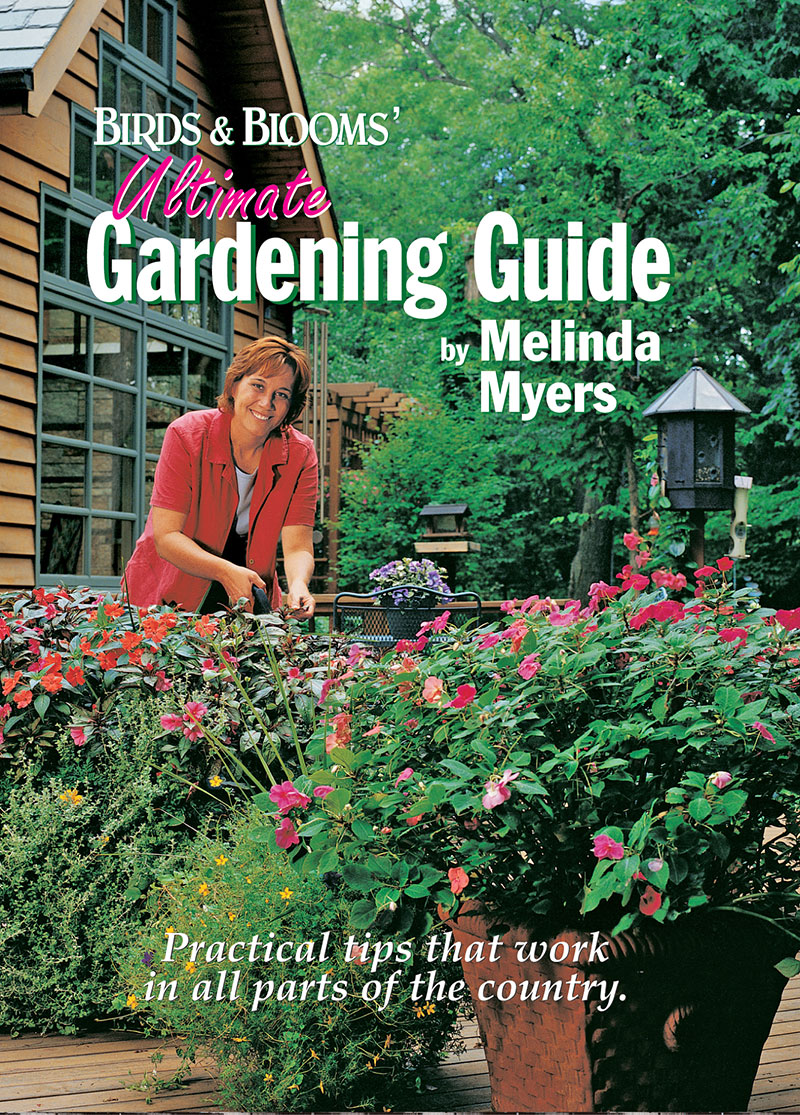Pine, Spruce or Fir, Their True Identity Really Matters
Evergreens provide year round beauty, protection from harsh winds and habitat for wildlife. Knowing the difference between the common cone bearing evergreens can increase your gardening success.
Pines have needles in bundles. They do best in full sun or light shade and well-drained soils.
Spruce have single needles that are angular. Roll a needle between your fingers and check for the little woody attachment. They prefer full sun and moist well-draining soils.
Firs have flat, often fragrant needles that may remind you of the holidays. Remove a needle and you will see a circular needle scar. These really need moist well-draining soils to thrive.
The hemlock is the most shade tolerant evergreen in this group. The short flat needles have 2 white stripes on the back and theres one row of upturned needles along the stem.
The pointed buds and unique cone are good ID clues for Douglasfir. This beauty thrives in somewhat sheltered sites.
A bit more information: Not much room for a large evergreen? Consider one of the many dwarf varieties of these cone bearing plants (conifers) that are on the market. But check the tag and make sure the plant will be the size you want when it reaches maturity.
The American Conifer Society has established a size classification system to help.
- Miniatures (M) grow less than an inch a year and will be less than a foot tall in 10 years.
- Dwarf (D) conifers grow 1 to 6 inches a year and will be 1 to 6 ft tall in 10 years.
- Intermediates (I) grow 6 to 12 inches a year and will be 6 to 15 ft tall in 10 years.
- And the large (L) conifers grow more than 12 inches a year and will be more than 15 ft tall in 10 years.
Related

Video
Categories
Upcoming Live Events
& Webinars
April 18, 2024
Be a Waterwise Gardener
Golden Rondelle Theater, Racine, WI
Register now
April 20, 2024
Pruning Hydrangeas and Other Shrubs
Pasquesi Home & Gardens, Lake Bluff, IL
April 27, 2024
Ridges & Rivers Book Festival
Viroqua, WI
April 28, 2024
Flowering Trees and Shrubs
Ebert's Greenhouse Village, Ixonia, WI
May 1, 2024
FREE WEBINAR
Ornamental Fruits and Vegetables
Register now
May 4, 2024
Garden U 2024
New Richmond, WI
Register now
May 9, 2024
FREE WEBINAR
How to Plant Your Rain Garden
Register now
May 11, 2024
Ask The Plant Doctor Q & A
Ebert's Greenhouse Village, Ixonia, WI
May 12, 2024
Ask The Plant Doctor Q & A
Ebert's Greenhouse Village, Ixonia, WI
May 18, 2024
Ask The Plant Doctor Q & A
Ebert's Greenhouse Village, Ixonia, WI
June 1, 2024
Selecting, Planting, Pruning and Caring for Hydrangeas
Ebert's Greenhouse Village, Ixonia, WI
June 5, 2024
FREE WEBINAR
Under-Appreciated Pollinators
Register now
WATCH ON-DEMAND WEBINARS
Learn More



















